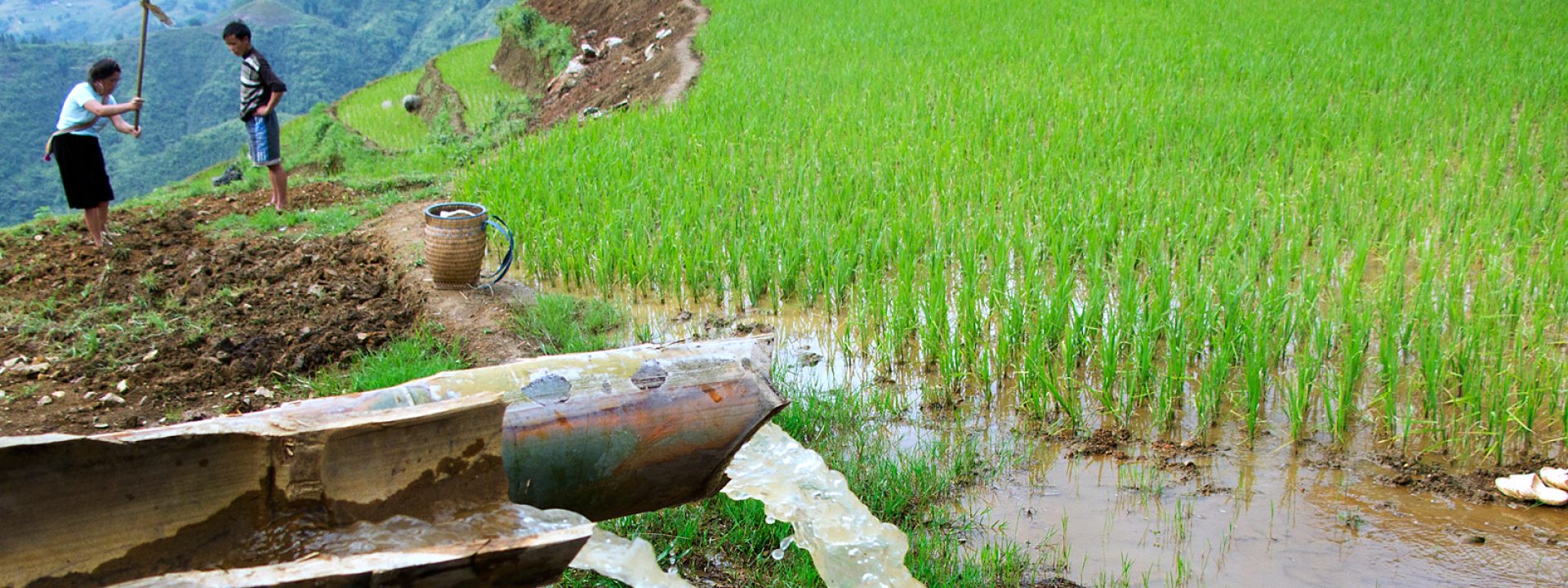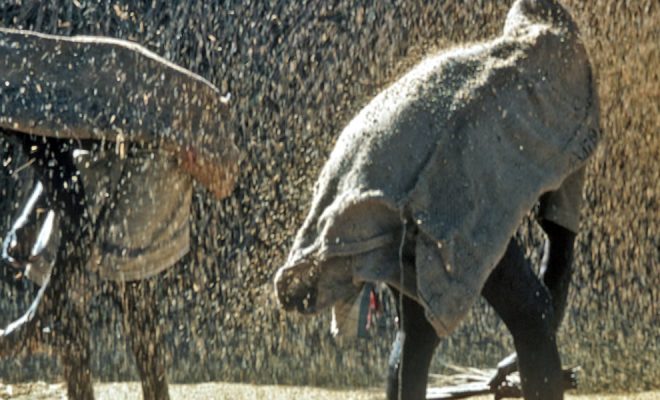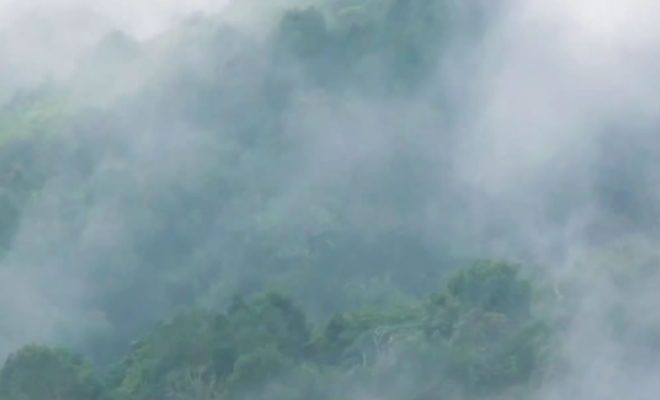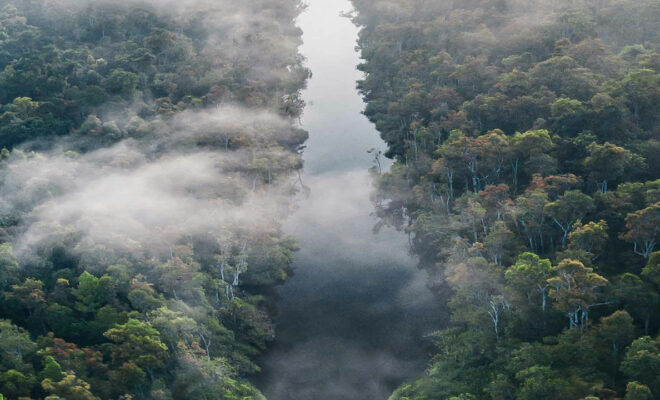All the water we drink is recycled by nature in the first place; it is a process that started millions of years ago and that has shaped life in our planet as we know it.
Since the appearance of water on Earth, its quantity, more than 1.38 billion cubic kilometres (km3), has remained virtually unchanged since our planet was formed: a molecule of the water we drink may have been in the primitive ocean where life arose some 4 billion years ago, in the blood of a dinosaur, in the hands of Leonardo da Vinci or in Einstein’s brain. Statistically it’s unlikely, but it’s possible.
Tiny on a planetary scale, but vital
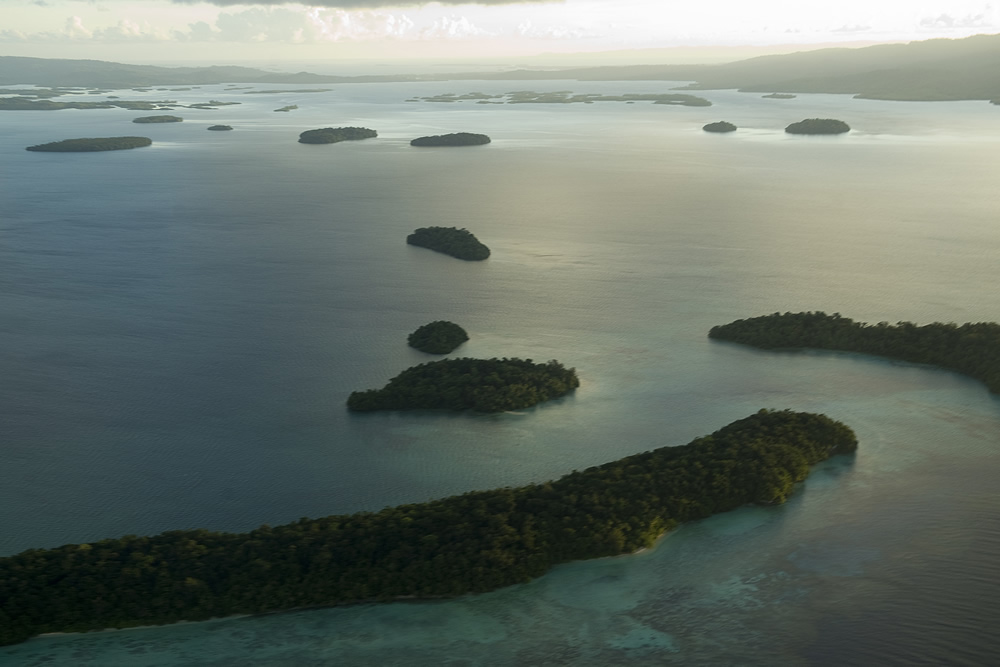
©United Nations Photo
All the fresh water we know originates in a cycle that starts with the evaporation of the oceans, where we can find 96.5% of all the water on the planet, around 1.338 billion km3. This process is generated by an enormous input of 100% renewable energy: solar radiation. Evaporation, which starts the cycle, absorbs half of the sun’s energy received on the earth’s surface and carries water to the atmosphere in the form of steam.
Atmospheric water occupies around 12,900 km3, which is 0.001% of the planet’s water. It is a tiny yet vital proportion: a part of it, after condensing or freezing, returns to the Earth’s surface in the form of rain, snow or hail. This water forms rivers and lakes, glaciers and aquifers and gives life to plants and animals, being an intrinsic part of them; no kind of life would exist without water.
Atmospheric water plays a key role beyond the rainfall patterns: together with the air temperature it determines the energy balance of the atmosphere, and therefore any variation in its distribution causes a notable change in the climatic conditions of the earth’s surface.
That is why the global warming of the atmosphere is causing climate change. If on a planetary scale the water cycle is minuscule, on a biosphere scale, the layer of the atmosphere where life is maintained is enormous, and its alterations, however small, have a notable effect on the earth’s surface: droughts and floods, hurricanes and typhoons, polar meltdown… are phenomena science knows little about and whose intensity and frequency are notably changing.
A cycle that links everything together
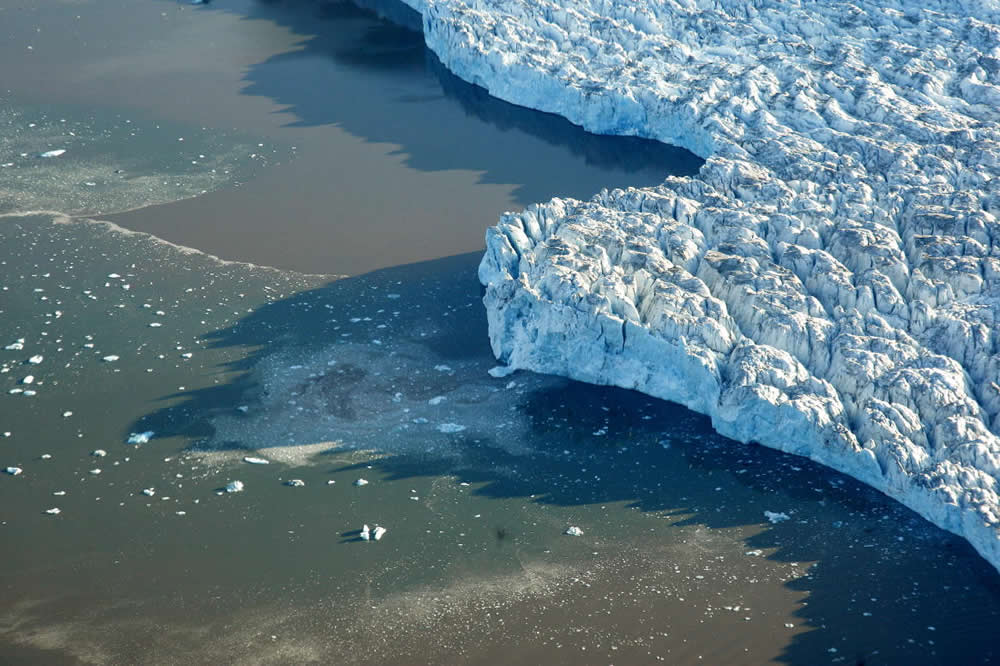
©UN Photo/Mark Garten
Climate change is causing an alteration in the water cycle that affects not only the atmosphere. In addition to the alarming rise in sea level, the decline in the mass of polar ice is causing alterations in sea currents with still uncertain consequences, according to oceanographers, as these oceanic movements condition both rainfall and the strength and trajectory of extreme weather events, and are also key to the balance of marine fauna.
On the other hand, a report by the United Nations Environment Programme (UNEP) states that the loss of snow and ice from the glaciers of the Asian mountains alone would affect approximately 40% of the world’s population: agriculture in Afghanistan, Tajikistan, Pakistan, India, Nepal, Bhutan, Burma, Bangladesh and China largely depends on the clearly declining Himalayan ice.
The melting of the permafrost ice, the permanently frozen soil layer near the polar circles, can also release large amounts of methane into the atmosphere, a greenhouse gas that is more potent than CO2, although of shorter duration in the air.
Pollution, our indelible signature?
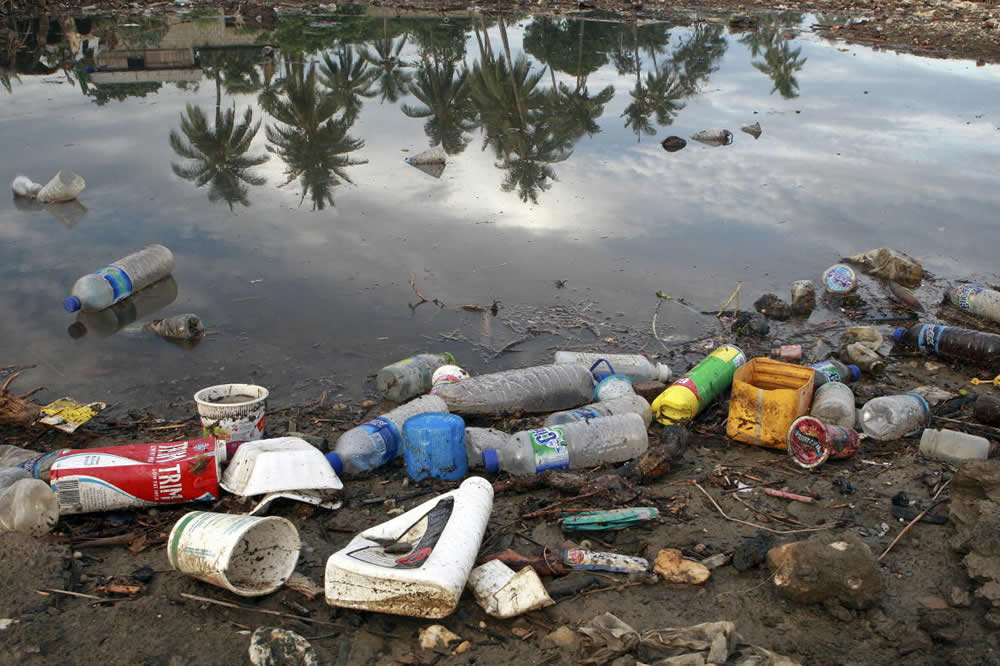
©United Nations Photo
Another of the dire consequences of the anthropogenic era we are experiencing is pollution. In water, it is the same as in air: the pollutants are dispersed in the environment and spread all over the planet.
Seawater carries pesticides, herbicides, fertilizers, detergents, hydrocarbons, microplastics and many other substances that come mainly from polluted rivers. It is a pollution that nature cannot fully absorb or recycle and it is suspected that much of it will remain unchanged over time.
The residence time of pollution in water is longer than in air and therefore the damage it causes to flora and fauna is greater; in fact, it is the most worrying since it can accelerate the process of ocean acidification by reducing its capacity to absorb CO2, something that attracts the attention of scientists, since it is a determining factor in the prediction of the evolution of climate change and its consequences.
The answer is in nature, let us learn from it
The water cycle teaches us many things, from how to treat water in a wastewater treatment plant, an installation that replicates the processes of filtering and organic treatment undergone by water in its natural cycle, to how to farm the land in harmony with the environment.
In their early days, the ancestral cultures, which we are forgetting and in many cases destroying, respected and followed the water cycle. They did it in the way they farmed, watered their cattle, drank and washed. Recovering this way of relating to the environment is possible and is being shown in many projects such as those carried out by the We Are Water Foundation in Bosawas, Nicaragua, and Lake Titicaca in Bolivia and Peru.
In all of them, the recovery of the natural water cycle means the recovery of the collective memory, an element that in addition to providing resilience to the community is a very effective tool for action both to mitigate climate change and to adapt to its effects.
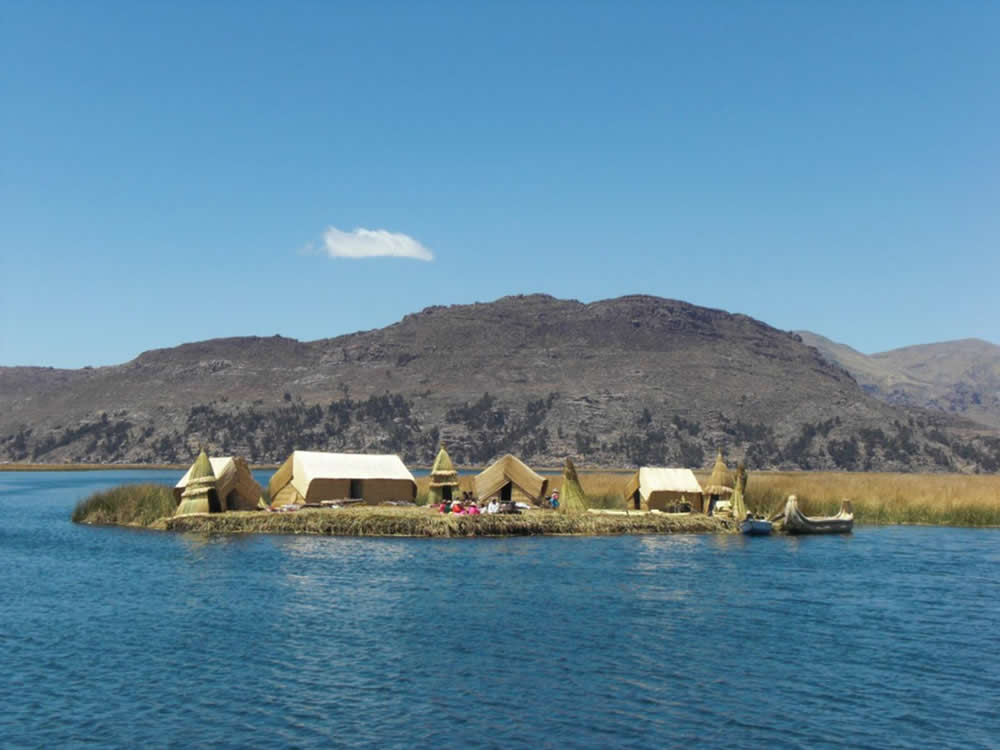
©We Are Water Foundation
We’re altering this cycle. If we want to learn from it, we have to stop doing it and take care of it. The answer is in nature, yes. But we have to make sure we can still find it there.


